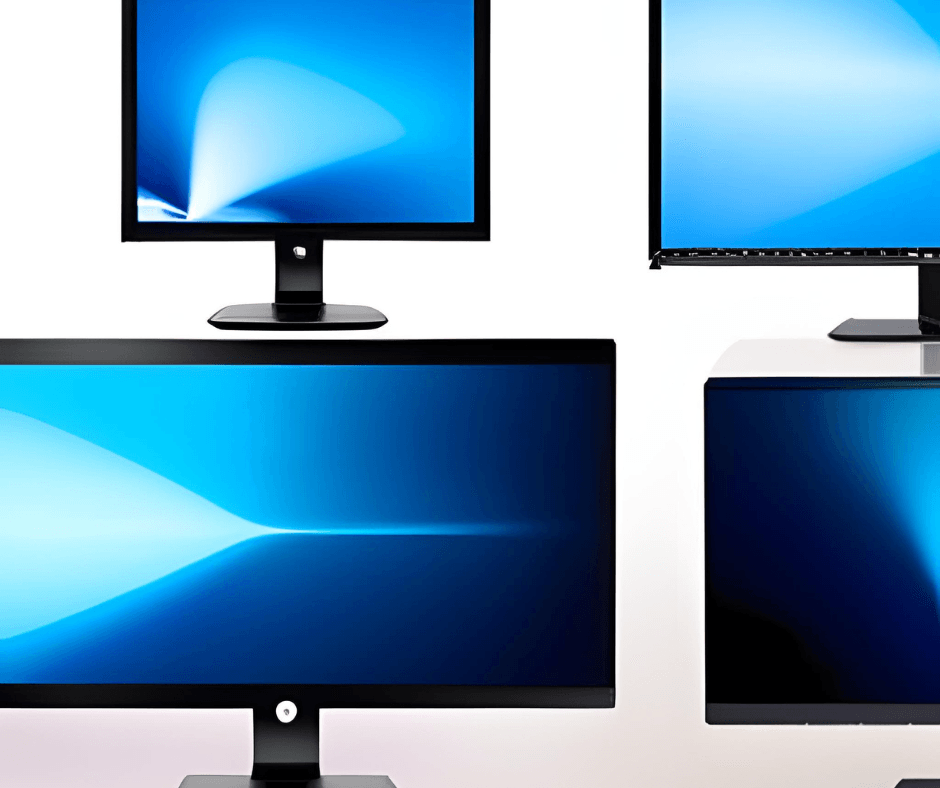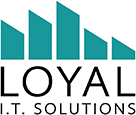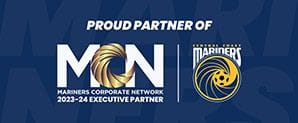Choosing the Right Computer Monitor Sizes and Specs for Your Business
)
Computer Monitors: Which one is right for you?
Having the right tools can significantly impact your productivity and efficiency. One often overlooked tool is the computer monitor. Selecting the right monitor sizes and specifications can make a world of difference. Let's delve into the key information you should consider when making this important decision.
1. Size Matters, but Context is Key:
Choosing the right monitor size depends on the nature of your business tasks. For businesses that primarily deal with spreadsheets, emails, and documents, a 22 to 24-inch monitor would usually suffice. As per our previous blog, using 2 monitors has shown to improve productivity quite markedly and is suggested if you have room on your desk. This is the most common setup our clients use.
However, if your team works on graphic design, video editing, or other visually intensive tasks, opting for larger 27 to 32-inch monitors with higher resolutions can provide a more comfortable and immersive experience.
2. Resolution:
Resolution determines the clarity of the display. Resolution refers to the number of pixels that make up the display on a computer monitor or any screen. It determines the level of detail and clarity you can see on the screen. In general, higher resolution means more pixels, resulting in sharper and clearer images.
For standard office tasks, a Full HD (1920x1080) resolution is usually sufficient. This is the most common resolution found for business use.
However, if your business involves design or detailed data analysis, you might consider investing in monitors with higher resolutions such as 4K (3840x2160) to ensure every pixel is crystal clear. It is important to note that higher resolution screens often have their zoom levels increased to make up for the larger resolution size, so make sure you discuss your needs with one of our technicians and see what it looks like before taking this option.
3. Refresh Rate and Response Time:
A refresh rate refers to the number of times per second that a monitor updates its display. A 60Hz refresh rate means that the monitor refreshes the image 60 times every second. For most standard office tasks and everyday computer usage, a 60Hz refresh rate is considered sufficient and provides a smooth viewing experience.
Our eyes perceive motion and changes in images at a certain speed, which is often around 60Hz. A 60Hz refresh rate aligns well with our visual perception, making the display appear fluid and continuous to our eyes.
The majority of video content, software applications, and websites are optimized for 60Hz displays. This means that you won't typically see a significant benefit from higher refresh rates for everyday tasks.
60Hz screens are the standard for most business use.
A higher refresh rate (measured in Hz) provides smoother motion on the screen, which is beneficial for gaming and video editing.
4. Connectivity Options:
Ensure the monitor has the necessary ports for connecting to your computers and other devices. HDMI, DisplayPort, and USB-C are common options. Having multiple ports ensures compatibility and flexibility for your business needs.
5. Ergonomics and Adjustability:
Consider the ergonomics of the monitor. Many monitors come with adjustable stands that can adjust in height. Others can tilt and swivel as well. This helps employees customize their setup for optimal comfort, reducing strain and increasing productivity.
Of course, fixed height and position monitors are no less functional in themselves, and you can adjust the height in many different ways.
Most monitors will also come with standard VESA mounts. These are built in points on the back of the monitor that can be used to attach it to an external bracket. This allows you to attach your monitor to extendable and adjustable arms on the desk. This can be a very handy feature for getting the ergonomics and efficiency of your space just right.
6. Budget Considerations:
Businesses need to balance specifications with budget. While investing in high-end monitors is tempting, finding the right balance between features and cost is crucial. Prioritise features that align with your business's needs to make an informed decision.
Choosing the right computer monitor sizes and specs for your small business requires careful consideration of your specific needs and tasks. While larger monitors with impressive specifications might catch your eye, it's essential to match these features with your business requirements. By selecting monitors that align with your team's tasks, you can enhance productivity, and create a more comfortable work environment, ultimately contributing to the overall success of your business.
Where to find more information
Loyal I.T. Solutions provides advice and implementation of the right solution for your needs. To find out more about how video messaging can work for you, please contact Loyal I.T. Solutions at 02 4337 0700 or reception@loyalit.com.au.
) Author:Michael Goodwin
Author:Michael Goodwin| Tags:Computer hardwareServicesITmonitor |





